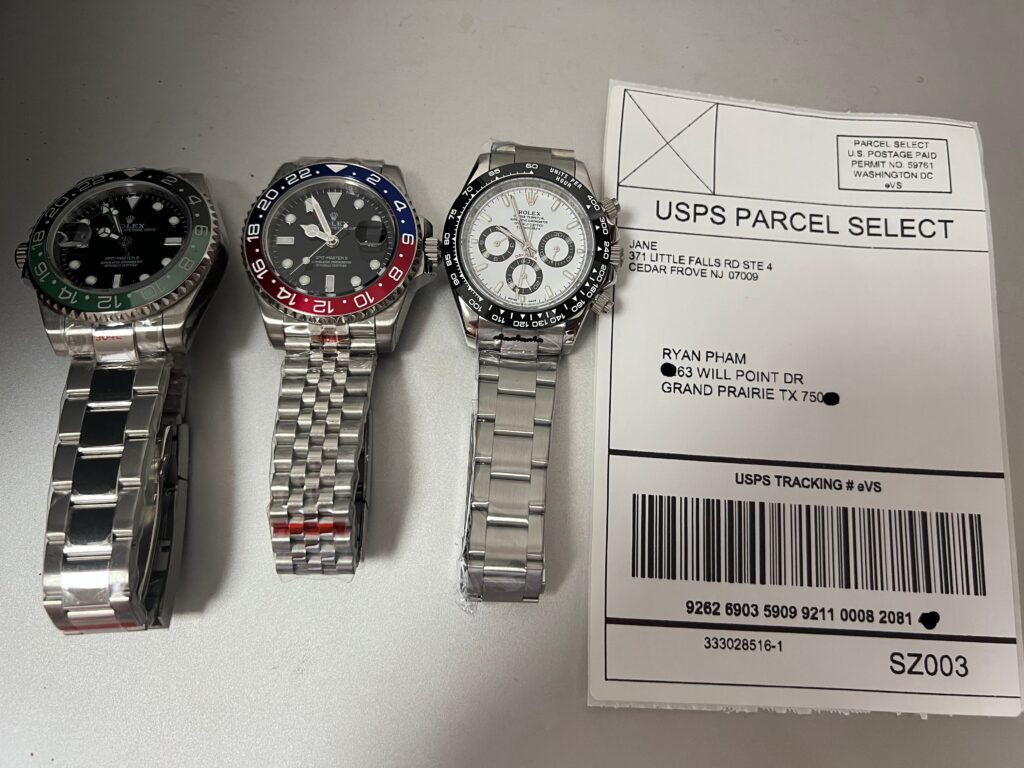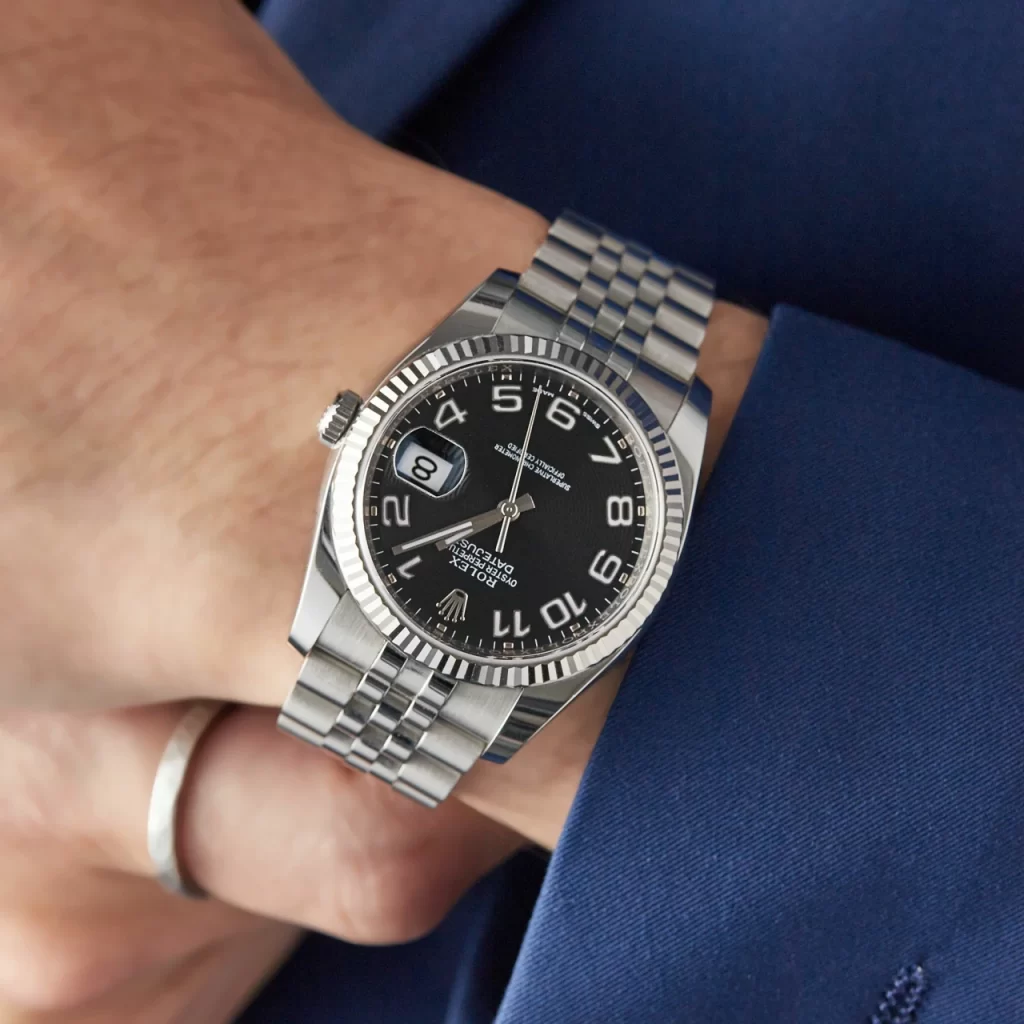Insights into Rolex Availability, and Value Sub-Brands
The global watch industry is still grappling with the aftermath of the pandemic. The years 2020 and 2021 saw an unprecedented surge in demand for watches, driven by low borrowing costs, excess savings, and a surge in interest from people working from home. This boom led to skyrocketing prices and a rush by brands and suppliers to ramp up production and hire more staff. However, the tide has turned. Inflation, rising interest rates, geopolitical tensions, and economic uncertainty have made buyers more cautious. China, once the largest market for Swiss watches, is facing a significant economic slowdown, impacting the luxury sector. Meanwhile, the U.S. has emerged as the top export market for Swiss watches, thanks to its resilient economy and consumer spending. Despite this, American watch enthusiasts still spend less per capita on watches compared to their European and Asian counterparts.

As the industry adjusts to this new reality, many watchmakers and suppliers are scaling back production and even reducing staff hours. However, major independent Swiss brands like replica Rolex, Patek Philippe, and Audemars Piguet-unlike those owned by conglomerates such as Swatch, Richemont, and LVMH-continue to thrive. These brands remain relatively unaffected by the post-pandemic shifts in consumer behavior, at least for now.
Here are some insights into the most pressing questions about the watch industry today:
Question 1: Production and Artificial ScarcityA common question revolves around the concept of “artificial scarcity” among top brands like Rolex, Audemars Piguet, and Patek Philippe. Are these brands intentionally limiting supply to drive up demand? While it’s tempting to speculate, the reality is more nuanced. Watch brands aim to strike a delicate balance between supply and demand. Executives often express a desire to produce slightly fewer watches than the market demands, creating a sense of exclusivity. However, achieving this balance is challenging. Long waiting lists for popular models like the Rolex Submariner or Patek Philippe Nautilus have become the norm. While scarcity enhances a brand’s allure, overdoing it risks alienating loyal customers.

For instance, Audemars Piguet produces only about 1,200 units of its highly sought-after Royal Oak Jumbo annually, despite an overall production of 50,000 watches. This deliberate limitation underscores the brand’s commitment to maintaining exclusivity. However, there are risks to this strategy. In 2017 and 2018, Richemont spent €250 million buying back excess inventory from retailers, a move that highlighted the dangers of overproduction. As Richemont’s chairman Johann Rupert aptly put it, “Our retail partners are being force-fed like geese producing foie gras.” This scenario is something all watch brands strive to avoid.
Today, brands are more focused than ever on balancing “sell-in” (watches sold to retailers) with “sell-out” (watches sold to end customers). Digital tools are increasingly used to monitor these metrics. Even Rolex, which accounts for a third of Swiss watch sales, reduced its production by 2% in 2024, marking the first decline since the 2008 financial crisis. Despite this, Rolex’s sales grew by 5%, driven by higher prices and a favorable product mix.
Question 2: Rolex AvailabilityThe availability of Rolex models remains a hot topic. While wait times for some models have shortened, and certain references are trading below retail on the secondary market, high-demand models like the steel fake Rolex Submariner, GMT-Master II, and Daytona remain elusive. However, the supply-demand imbalance may ease in the coming years. Rolex is set to open temporary production facilities in Fribourg, Switzerland, this year, with a permanent site expected to launch in 2029. The company plans to invest 1 billion Swiss francs in the new facility, which will employ around 2,000 workers and potentially increase annual production beyond its current 1 million watches, here at https://www.localdlish.com.
Question 3: Value Sub-Brands and Pricing TrendsWith rising prices and the success of more affordable offerings from luxury brands-such as the Swatch x Omega MoonSwatch and MB&F’s MAD 1-many wonder if other brands will follow suit. The Swiss watch industry has long prioritized higher margins through elevated prices, but economic uncertainty is pushing consumers toward better value propositions. Rolex has already paved the way with its Tudor sub-brand, offering high-quality watches at more accessible prices. Breitling, under CEO Georges Kern, is also entering this space with its acquisition of Gallet, a brand known for affordable chronographs.
This trend comes at a time when demand for entry-level and mid-priced watches is declining more sharply than for high-end models. According to the Federation of the Swiss Watch Industry, exports of watches priced below 3,000 Swiss francs fell by over 15% in 2024, compared to an overall decline of 2.8%. Well-executed sub-brands allow luxury brands to tap into a broader market while maintaining their premium image. For consumers, these initiatives offer a chance to own a piece of luxury at a more accessible price point.